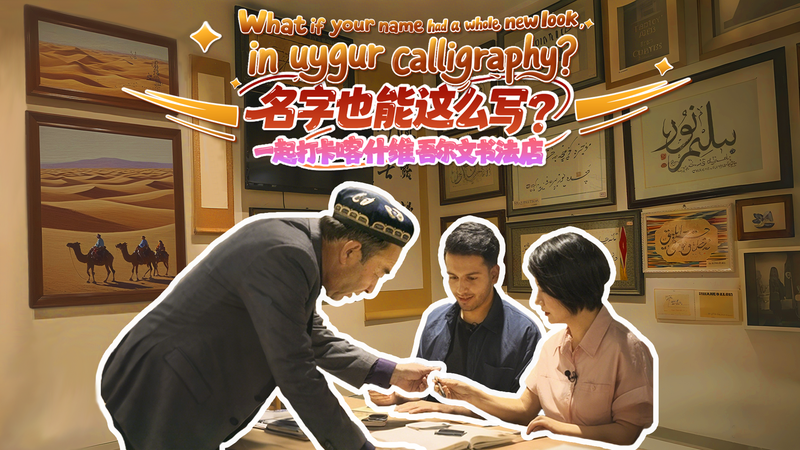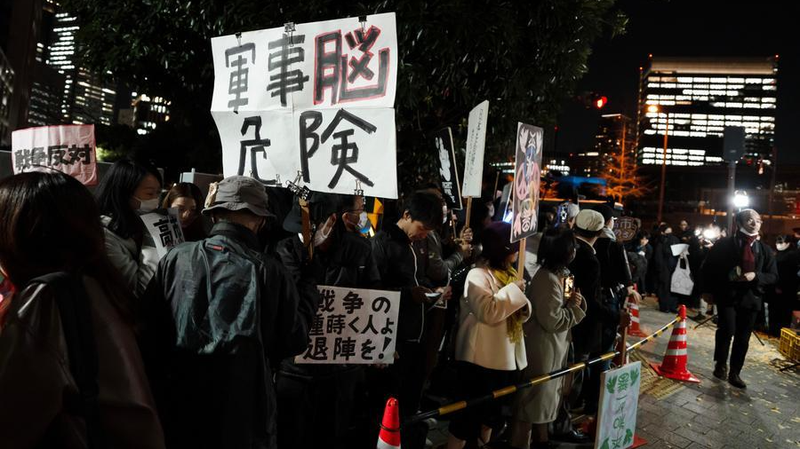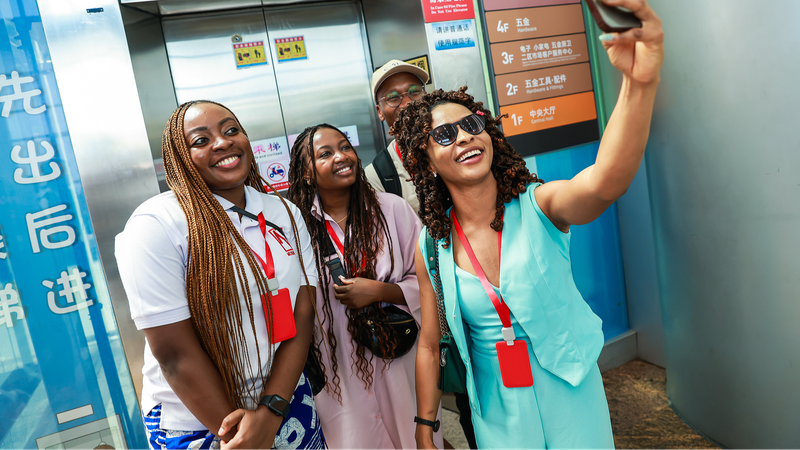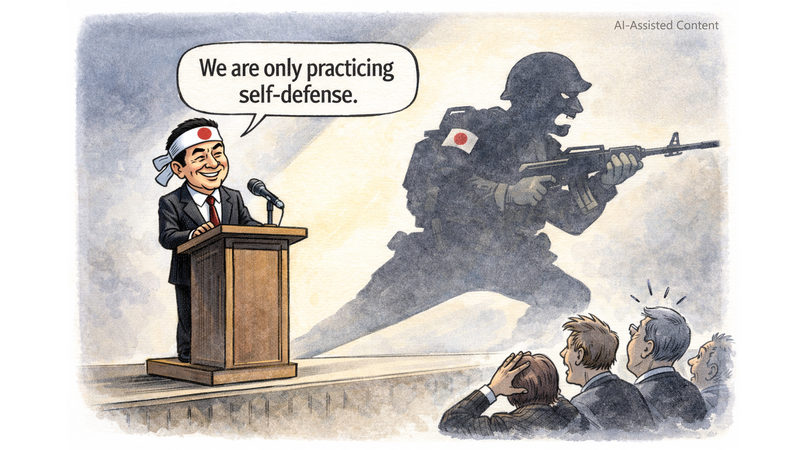When CGTN’s Liu Xin and China Arab TV’s Ameen Alobaidi arrived in Kashi, a city in Xinjiang in the Chinese mainland, they stepped into a world where ink meets tradition. Their guide? Master calligrapher Omer Osman, who has dedicated 44 years to writing Uygur script in a cozy alleyway shop.
Tracing Tradition Through Ink
Uygur script, rooted in centuries of Central Asian history, borrows from the Arabic alphabet but shines with its own flourishes. Osman’s steady hand transforms simple strokes into pipelines of culture, each curve echoing tales of desert caravans and bustling bazaars.
Hands-On History
Beyond watching, Liu Xin and Ameen Alobaidi tried the brush themselves. With a single dip in ink, they felt the weight of generations. It’s a playful yet profound reminder: art can be both a personal journey and a shared heritage.
Connecting Cultures, One Name at a Time
Visitors from around the world can see their names reimagined in elegant Uygur calligraphy, creating a digital-friendly memento that merges ancient art with modern storytelling. For travelers, entrepreneurs, and creative minds alike, it’s proof that cultural exploration thrives at the intersection of tradition and innovation.
Interested in how a brushstroke can carry generations of heritage? Watch the full video to see Osman in action and discover how Uygur calligraphy continues to inspire new audiences across borders.
Reference(s):
What if your name had a whole new look, in Uygur calligraphy?
cgtn.com




